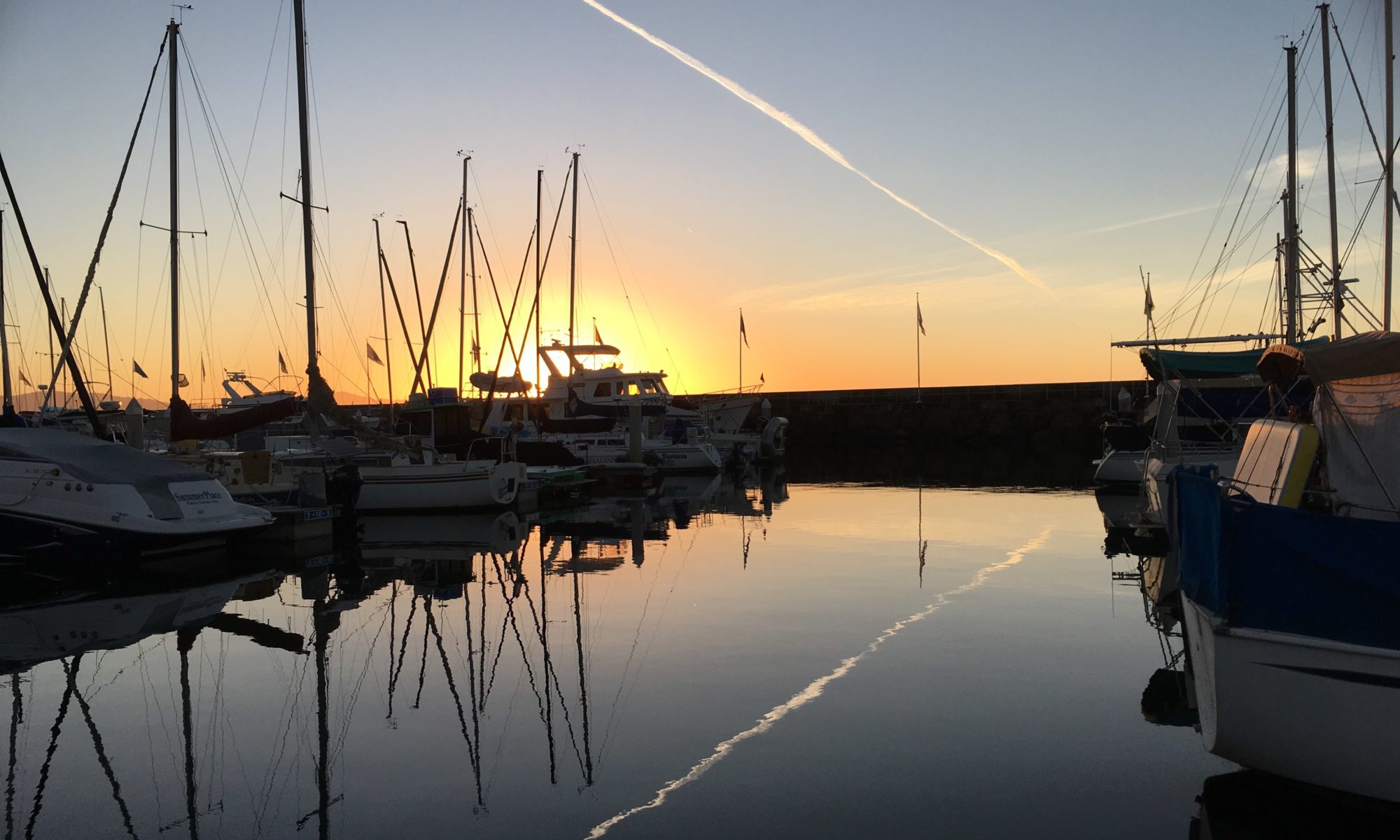

1981. The year my boat the Katahdin was built must have been a banner year for the carpet industry. The mottled blue, burgundy and gray nylon product was bank lobby ugly, totally indestructible, and used just about everywhere. Vee berth sidewalls, the painted gray 1” plywood flooring in the main salon, galley and aft berth, and tiny odd shaped premolded cream colored plastic floors of the two head (bathroom) kits.
I don’t know if you remember the 80’s. But… some addled boat designer dictated carpet for galley, salon and head floors. For those of you with imagination, you can guess what happened. To the carpet. Over the past thirty-nine years. Food spills in the galley-red sauce, spaghetti, milk, orange juice, salad dressing, ketchup, mustard, olive oil, bacon grease, jelly and jam, coke, diet sodas, left overs of dubious age, and in the head- shampoo, conditioner, lotion, make-up, lipstick, patch em up medical products, blood, soap, seasick, and toothpaste. Based on first hand evidence, add black coffee, coffee with fake creamer, buckets of red wine, knocked over beers, and the detritus of meal accidents served on board a boat in rough weather.
Removal. The original install had been super simple. Cut and fit. The carpet was so heavy no glue needed. Engine room access was under the main salon floor, and I think the plan was to roll up the carpet when engine work needed. But, like everything else on the boat, time had aged the carpet to rigor mortis level stiff. It took a heavy duty box cutter and a pile of blades to cut the rigored nylon into manageable size pieces I could lift and toss out the door. By contrast, carpet in the tiny odd shaped head sections were a piece of cake. Big surprise was discovering a second, virgin, sparky clean carpet hidden under the dirty top layer. I guess the previous owners never found that clean layer either….
Most difficult removal project: carpet glued to the Vee berth sidewalls. Industrial grade glue-designed to withstand a nuclear explosion-held that stuff in place. I lift weights and work out, but at 73 could not budge even one tiny corner, and ended up bringing in David Lyon, who is young, cute and super strong to pull it off the walls. It was sort of amazing. He walked in, grabbed a loose corner and slowly peeled the carpet away from the sidewalls. Brute strength won. Once gone and out the door, a vacuum removed an army of dust mites and old glue. The surface was ready for the next stage.


